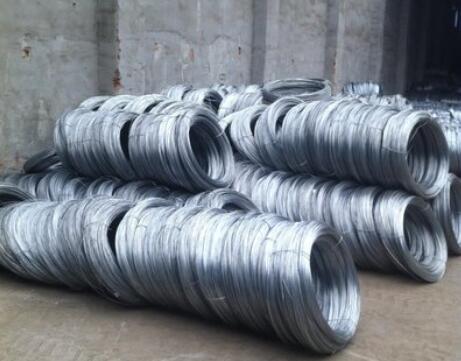The Significance of Chain Link Fences
When it comes to boundary delineation and security, few structures are as versatile and enduring as chain link fences. Made of woven steel wire, these fences offer a unique combination of durability, visibility, and affordability, making them a popular choice for a variety of applications.
A Brief History
The concept of fencing has existed for thousands of years, but the modern chain link fence was first introduced in the early 20th century. The development of machine technology allowed for the mass production of this fencing style, which quickly gained popularity across different industries—from agriculture to urban settings. Its practicality and effectiveness have ensured that chain link fencing remains a staple in contemporary construction and landscaping.
Design and Materials
Chain link fences are constructed from galvanized steel, a process that involves coating the wire in zinc to prevent rust and corrosion. This coating makes chain link fences suitable for various environmental conditions, from humid coastal areas to dry, arid deserts. The design itself is quite simple, consisting of interconnected loops of wire that form a diamond pattern.
This diamond weave not only provides strength and stability but also allows for visibility. One of the advantages of chain link fences is that they do not create a solid barrier, which can be beneficial in situations where open sightlines are desired. This characteristic is especially useful for security in commercial properties and homes, as it allows owners to keep an eye on their premises without sacrificing aesthetic appeal.
Versatility and Applications
a chain link fence

One of the primary reasons for the widespread use of chain link fences is their versatility. They can be adapted for many purposes, including residential, commercial, agricultural, and industrial applications. Homeowners often use them to enclose backyards, creating safe spaces for children and pets while maintaining a sense of openness. In commercial settings, chain link fences are effective for securing properties, delineating parking areas, and protecting valuable equipment.
Agricultural applications also benefit from chain link fencing, which can keep livestock contained and unauthorized individuals out. Furthermore, municipalities often use chain link fencing in parks, playgrounds, and sports fields to create safe recreational areas for the public.
Maintenance and Longevity
Chain link fences are known for their low maintenance requirements. Unlike wooden fences that may rot and require staining or painting, chain link fences can be easily cleaned with soap and water, and they retain their structural integrity over time. With appropriate installation and occasional maintenance checks, a quality chain link fence can last for decades, making it a cost-effective investment.
Environmental Concerns
Furthermore, chain link fences can contribute positively to environmental sustainability. Their production often uses recycled materials, and they are fully recyclable at the end of their life cycle. This quality makes chain link fences a more eco-friendly option compared to other fencing materials, such as vinyl or wood.
Conclusion
In summary, chain link fences offer a perfect blend of functionality, visibility, affordability, and low maintenance, making them a popular choice for countless applications. Their ability to serve various purposes while maintaining structural integrity over time showcases their significant role in fencing solutions. As more property owners look for cost-effective and sustainable options, the chain link fence will likely continue to hold its place as a tried-and-true choice in the world of boundary security and property demarcation. Whether for home gardens, commercial enterprises, or agricultural lands, the chain link fence remains a classic symbol of practicality and efficiency in the fencing industry, embodying design simplicity while addressing complex security needs.

















